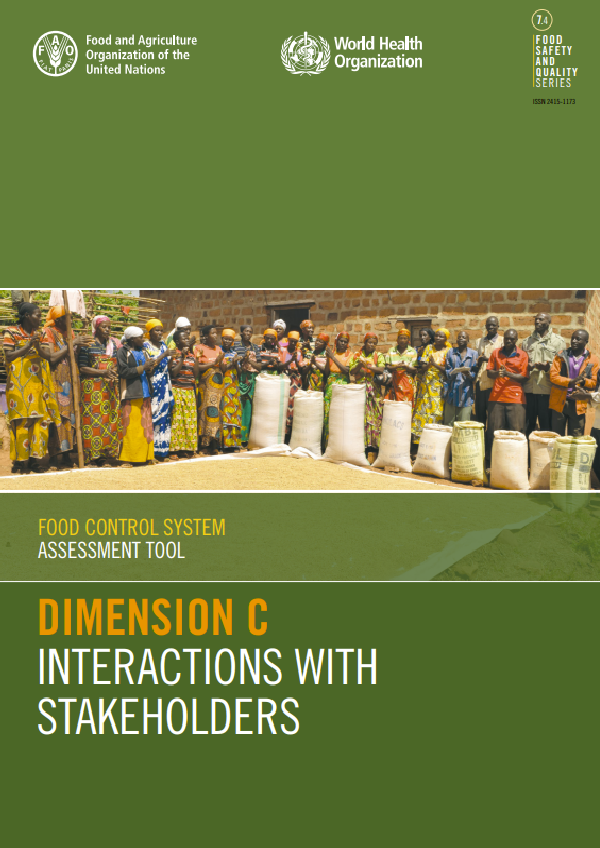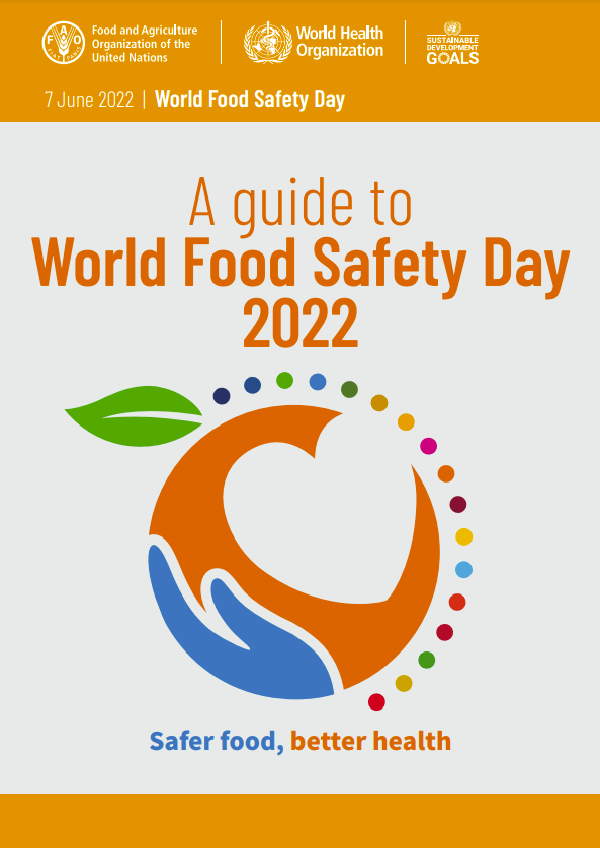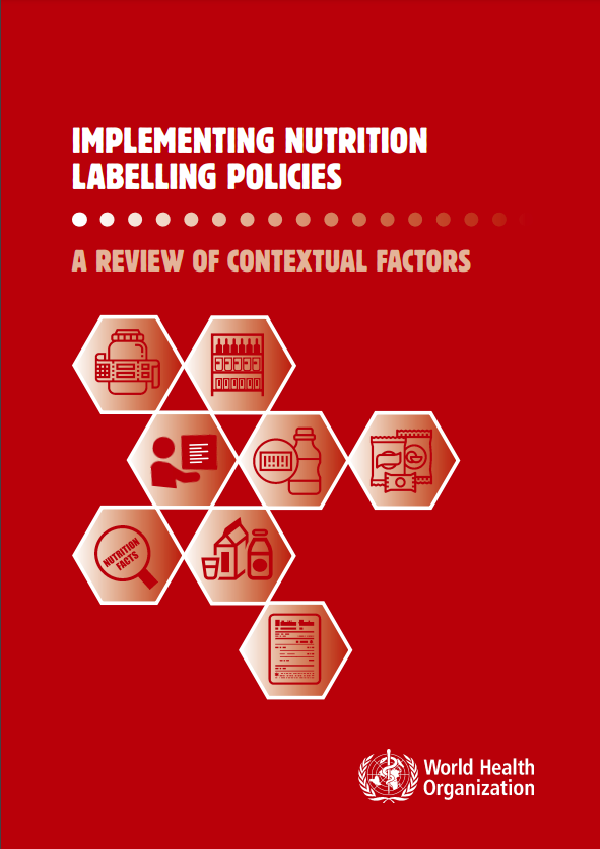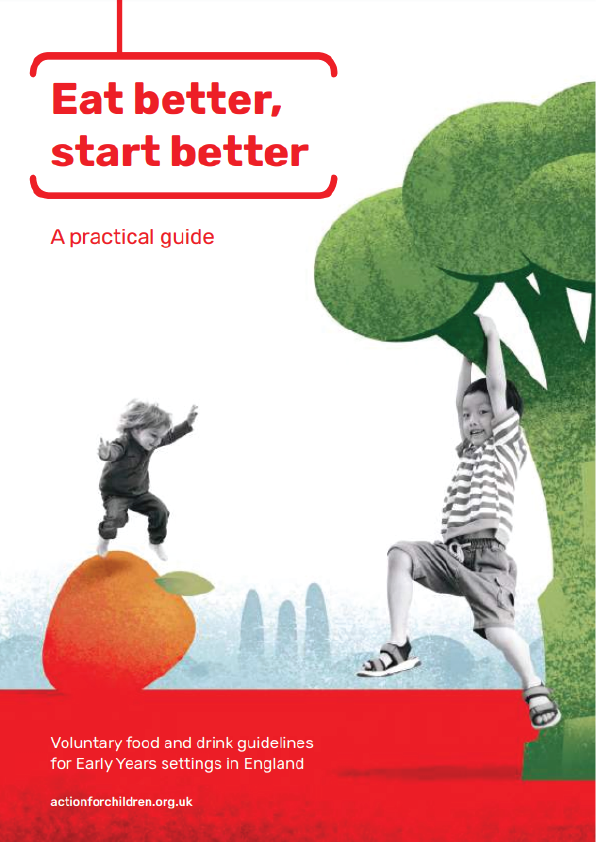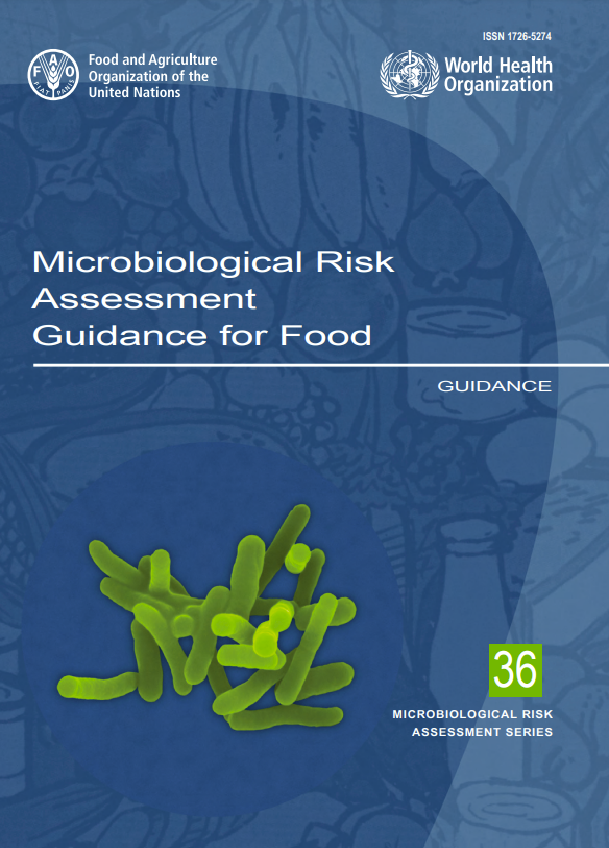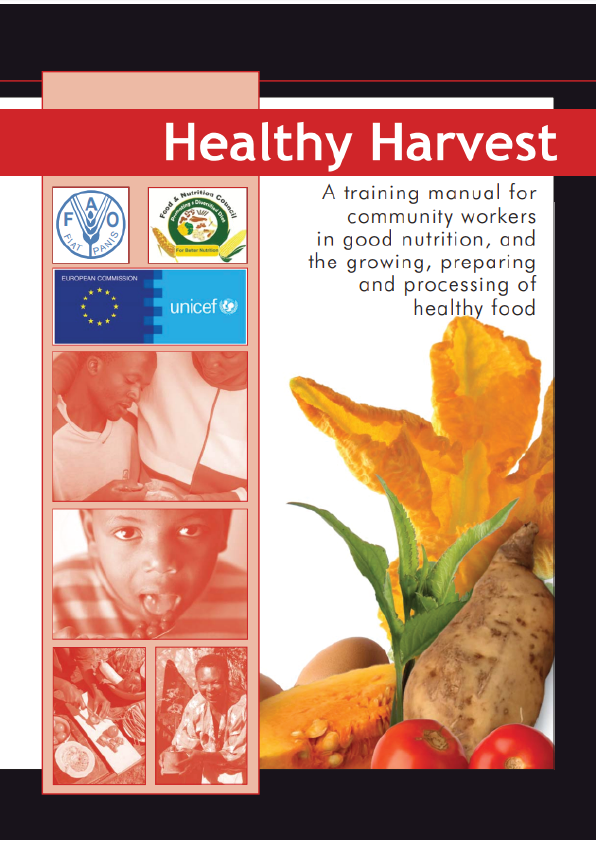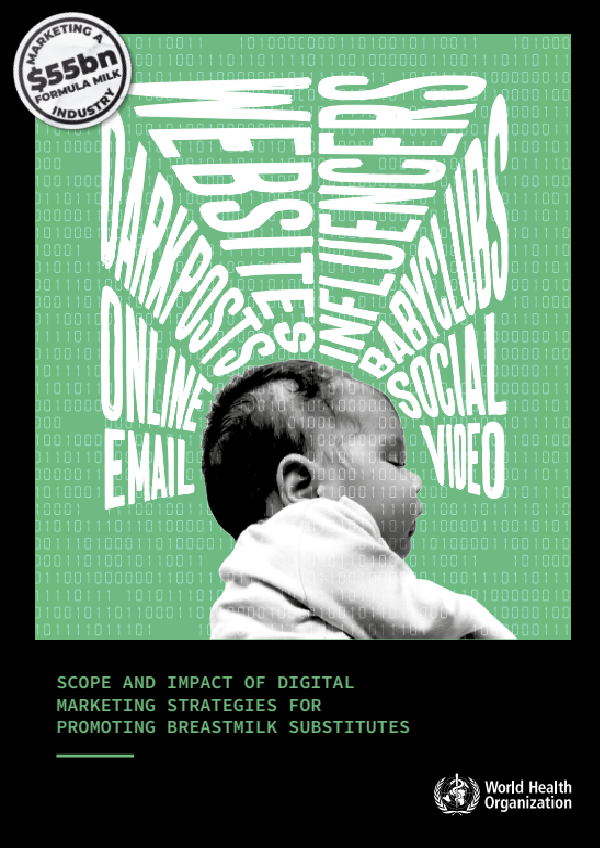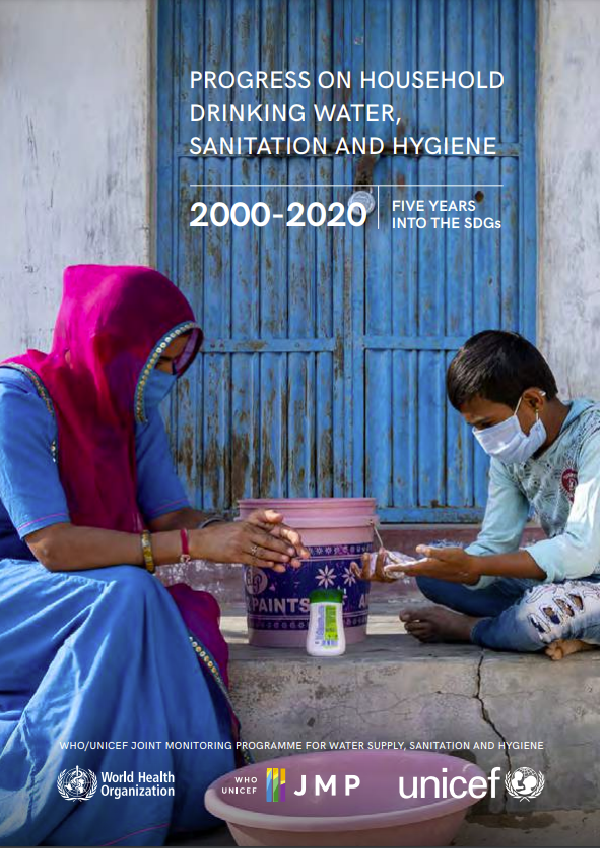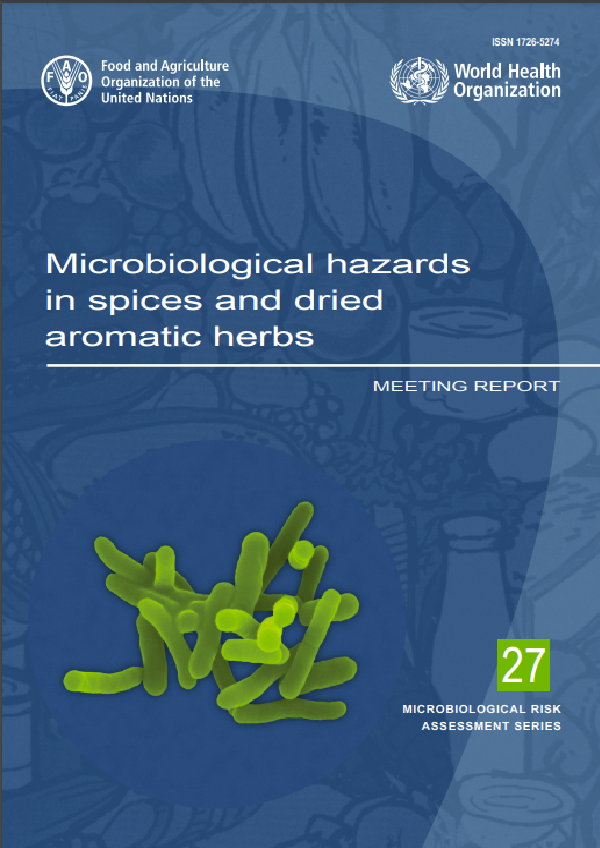Overview
Dimension C identifies the interactions that must take place for the system to regularly adjust to national and international stakeholders’ evolving needs, inspire confidence for stakeholders and to keep them well informed about their responsibilities. Dimension C consists of five competencies under two sub-dimensions which are Domestic Stakeholders, and International Stakeholders.
C.1. Domestic Stakeholders focuses on the transparency of communication to consumers and on the Food Business Operators (FBOs) and their integration into the food control system.
C.2. International Stakeholders explores the interactions of competent authorities at the international level to support national imports and exports, and the participation and engagement of competent authorities in International Organizations to benefit from international expertise and to shape national legislation.
This sub-dimension focuses on the transparency of communication to consumers and on the FBOs and their integration into the food control system.
Competency C.1.1 (Relationships between CAs and private sector regarding training needs) reviews how capacity development needs of FBOs are addressed to support compliance with regulatory requirements. CAs should perform an analysis of FBOs’ capacity development needs to inform and plan awareness campaigns, training and educational programmes. When needs are identified, capacity development activities should be leveraged or implemented by CAs so that all risk categories of FBOs are informed and aware of legally required food standards. Formal attempts should be made to identify and address specific food controls that are often poorly carried out by FBOs, in order to address these in targeted training programmes.
Competency C.1.2 (Information flows and integration of FBOs into risk management) ensures that an efficient communication system operated by CAs enables FBOs and their trade organizations to remain updated on relevant food safety and quality information. It should also ensure that information can flow back to CAs and provide them with a mechanism for data generation and information gathering. FBOs’ associations should be acknowledged by CAs and facilitate the transmission of accurate and timely information to and from their members. All categories of FBOs should be properly informed, updated and provided with equal opportunities to understand, contribute to the development of and implement any newly introduced methodologies or hygiene standards. The food industry should have open access to public information about food standards and regulations and to communication channels with the CAs. FBOs in special risk categories should be directly updated through communication channels that can verify receipt of information and they should transmit data directly to CAs. Finally, FBOs should be informed on the results of surveillance and routine reports to incentivize positive collaboration with government and enhance compliance.
Competency C.1.3 (Communication flows and involvement with consumers) assesses whether an internal policy for food safety risk communication to consumers is in place and is implemented based on openness, transparency, timeliness and responsiveness. The general public should be informed about food safety issues and their impact on public health through the dissemination of information by CAs, at all times, and especially during food safety crises. Different methods and means of communication for food safety issues could be used, also supported by communication specialists, to create food safety awareness among the general public and consumers. During food safety crises, CAs should be prepared to communicate and deliver relevant food safety messages to consumers through an established risk communication plan. A mechanism for consumers’ questions and complaints, such as a hotline, should also be in place so that information stemming from consumers is used by CAs to improve controls.
More information:
Dimension A: Inputs and resources
